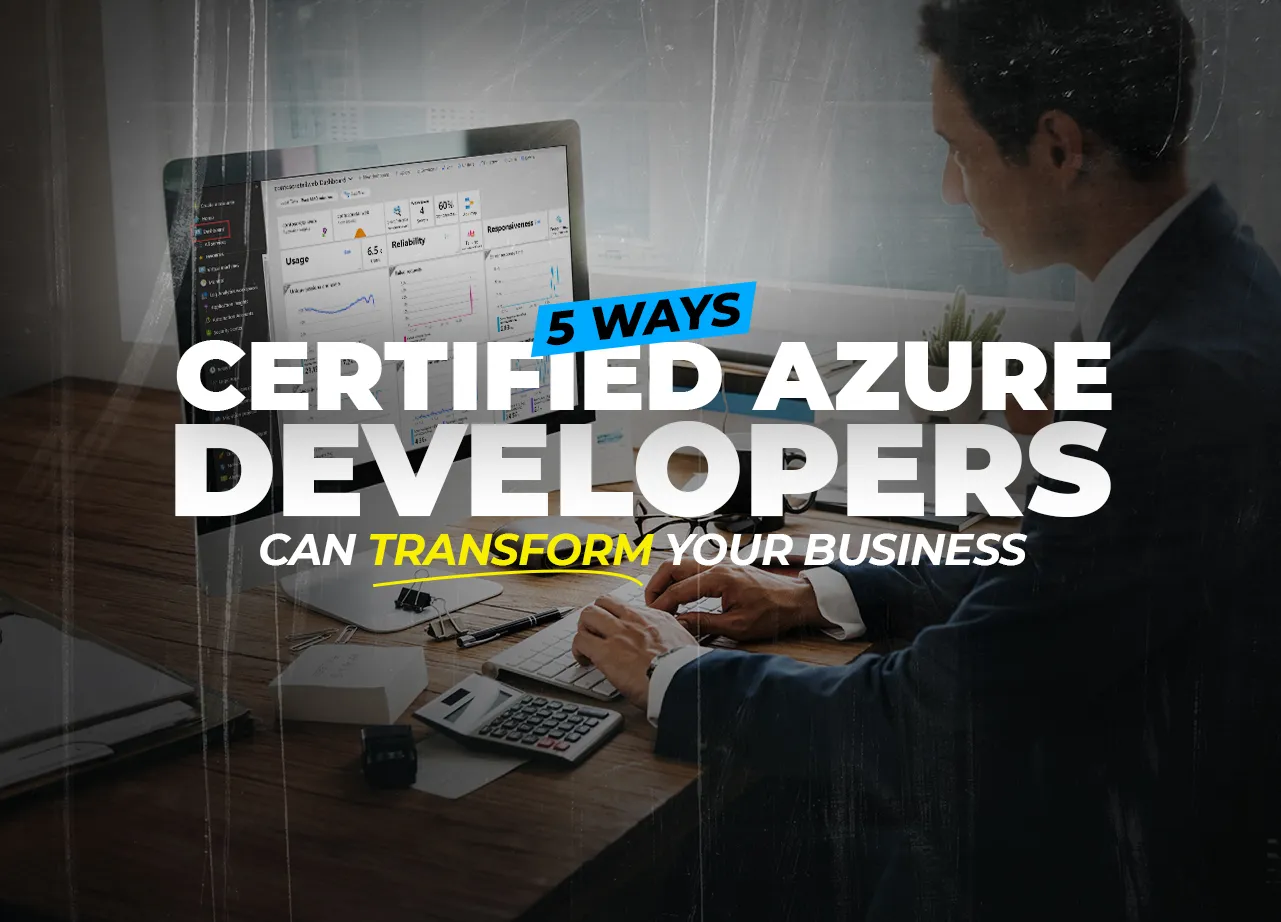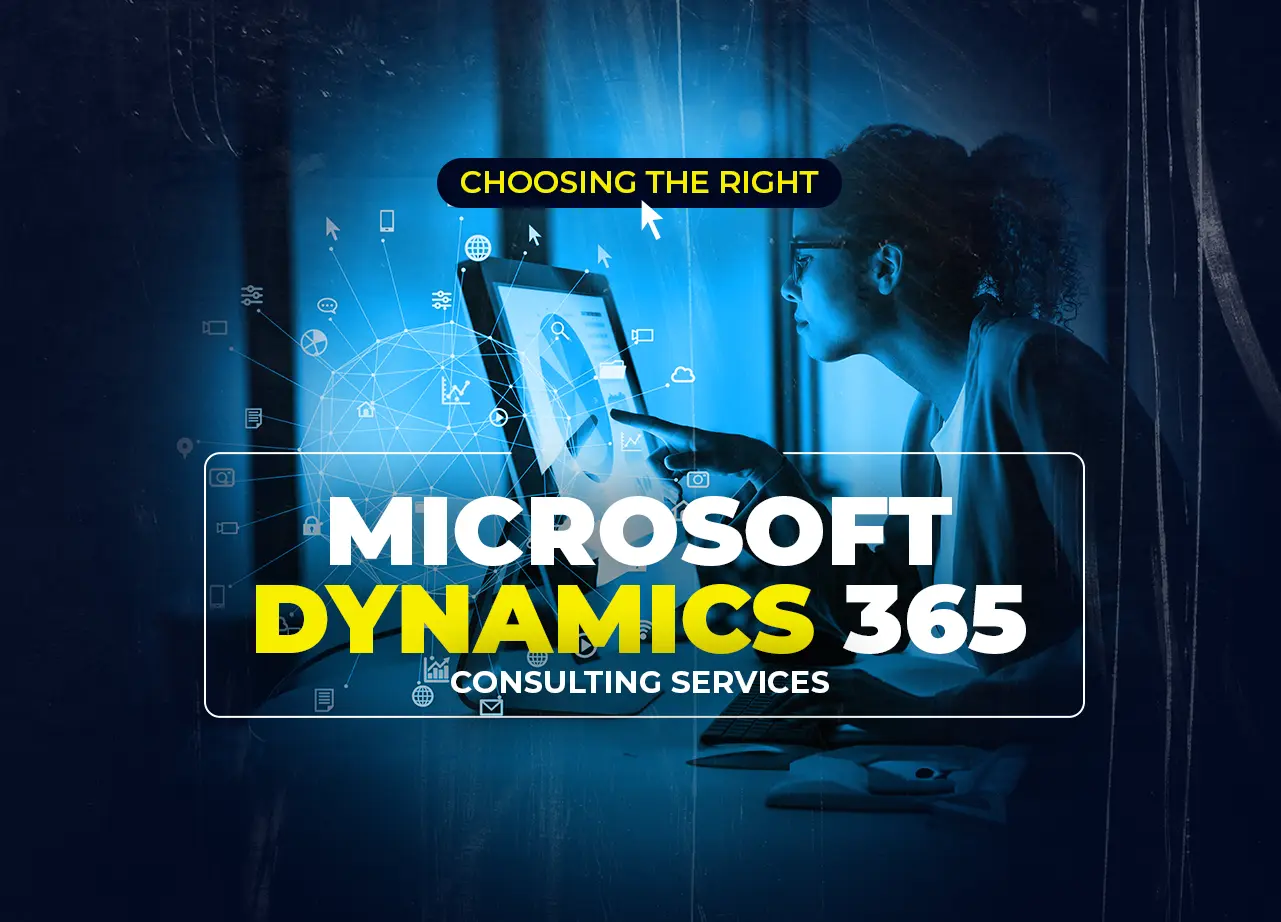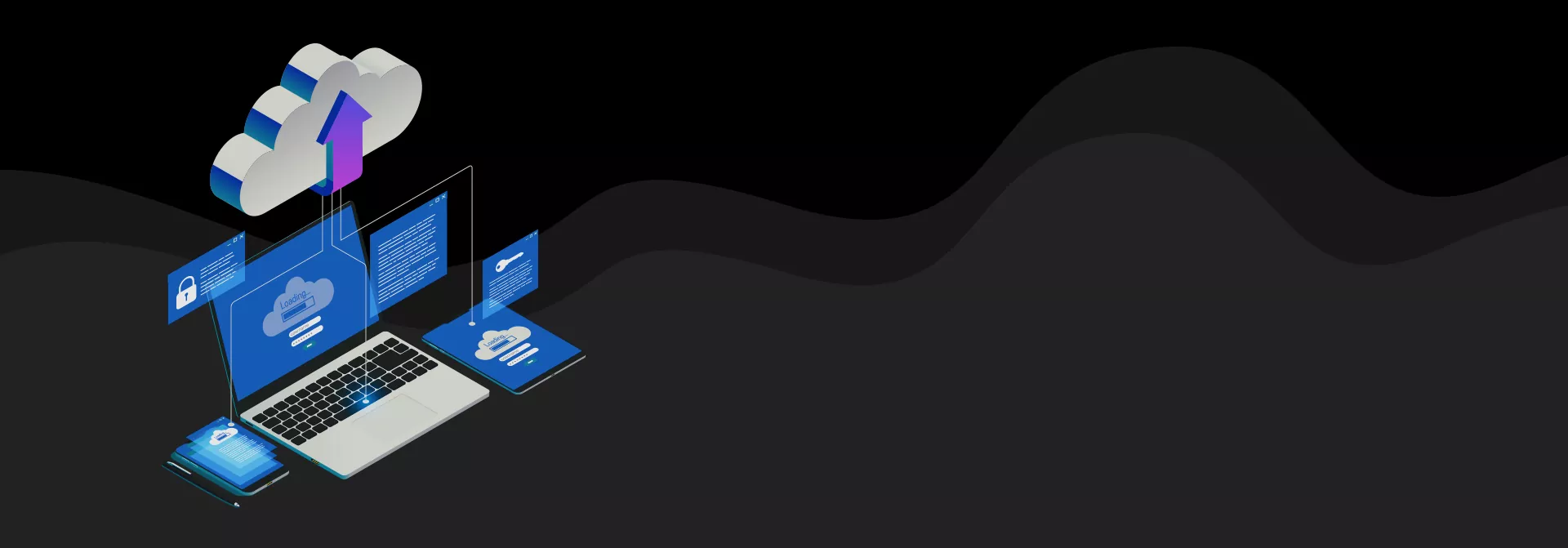
What comes to your mind hearing “It creates wealth for those who exploit it, and leads to the demise that don’t”? In 2021, it can be nothing but cloud computing. Cloud computing technologies have transformed the IT industry upside down. In this blog, we would be discussing top trending cloud based technologies that have the potential to revamp business operations.
List of Top 10 Cloud Based Technologies in 2021
1. Edge Computing
Edge computing is an open IT architecture that enables decentralized processing power. Basically, it’s a group of local micro data centers that processes the local computing tasks rather than transmitting them to a central data center. It’s something that complements cloud services. It is one of the cloud computing technologies that helps you filter out the sensitive data at the local data center and process it there itself to offer better data security to customers.
The primary benefits of edge computing are –
- Better data management
- Reliable, uninterrupted connection
- Better security practices and Lower connectivity costs
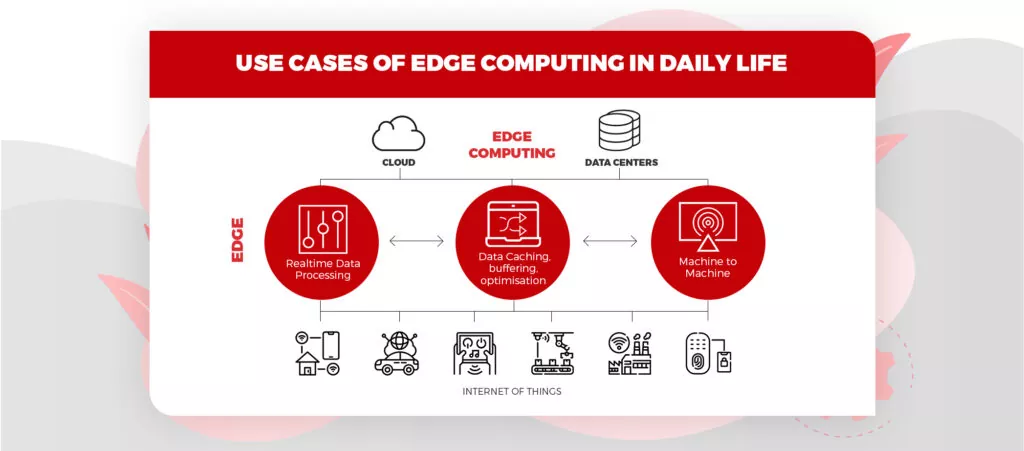
Also Read – Green Cloud Computing Era -Why a Boon to Technology?
2. Serverless Computing
Serverless is a computing model where the cloud provider is fully responsible for allocating and provisioning servers to run the codes. This is among the top cloud computing technologies 2021 that allows you to totally focus on writing codes and improving features rather than getting involved in planning resources requirements etc. Serverless services like AWS Lambda avails automatic scaling, pay-for-value billing, built-in availability models. It allows you to build better applications in an easier and cost-effective way.
Benefits of Serverless Computing
- No server management is necessary
- Developers are charged only for the utilized server space
- Quick deployment and updates are possible
- Decrease in Latency as code runs closer to the end-user
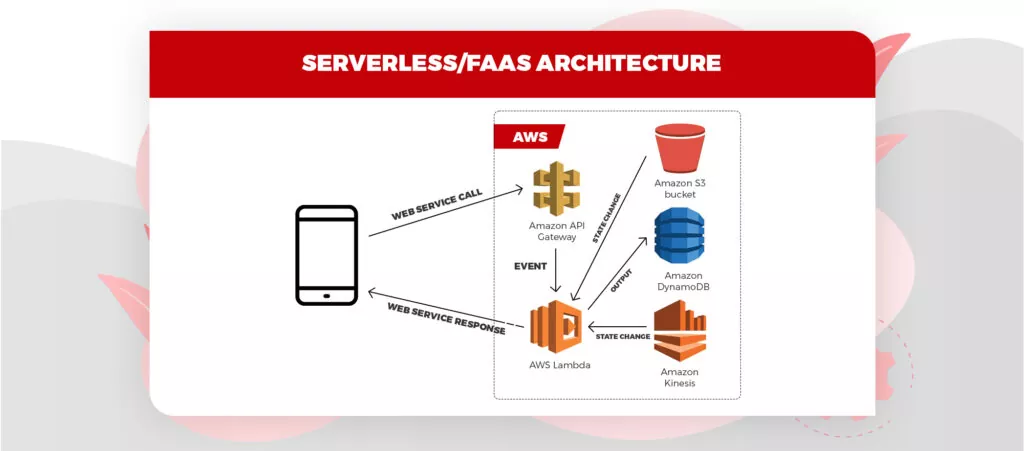
3. SASE
Secure Access Service Edge (SASE) is a cloud architecture model that puts network and security-as-a-service together and offers it as a single cloud service. This offers security and networking device that is autonomous of where developers and resources are located. SASE practically requires no equipment, utilizing the far and wide availability of cloud innovation to consolidate SD-WAN with network security functions.
Benefits of SASE Model
- Edge to Edge security
- Consistent data protection
- Greater visibility and control data usage
- Cost-effective
- Increases network performance
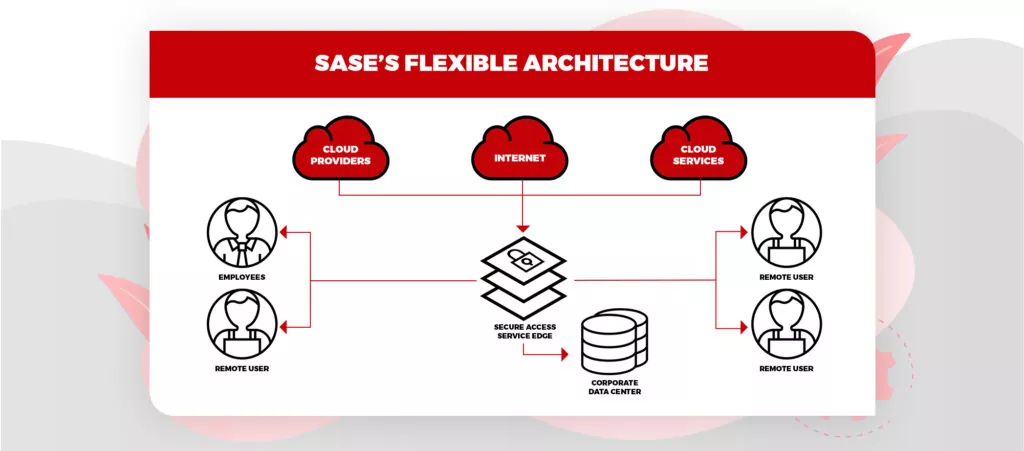
Step-by-step guide for Cloud Migration
4. Multicloud
Rivalry among cloud service providers has brought about certain providers cooperating up in partnering with each other. These multi-cloud environments help small vendors take on the large folks, like AWS. This course of action, likewise called “joint cloud supplier contributions,” allows clients to relocate across connected cloud stages, giving them more ability to run their heavier workloads.
Are you confused between multi-cloud and hybrid cloud? Multicloud refers to the presence of two or more cloud deployments of a similar kind ie. either public or private, taken from different cloud service providers. Hybrid cloud refers to the presence of different deployment types ie. public or private with some kind of orchestration between them.
Benefits of Multicloud –
- Avoid vendor lock-in
- Enhanced risk management
- Network performance improvements
- Competitive pricing
- Business agility
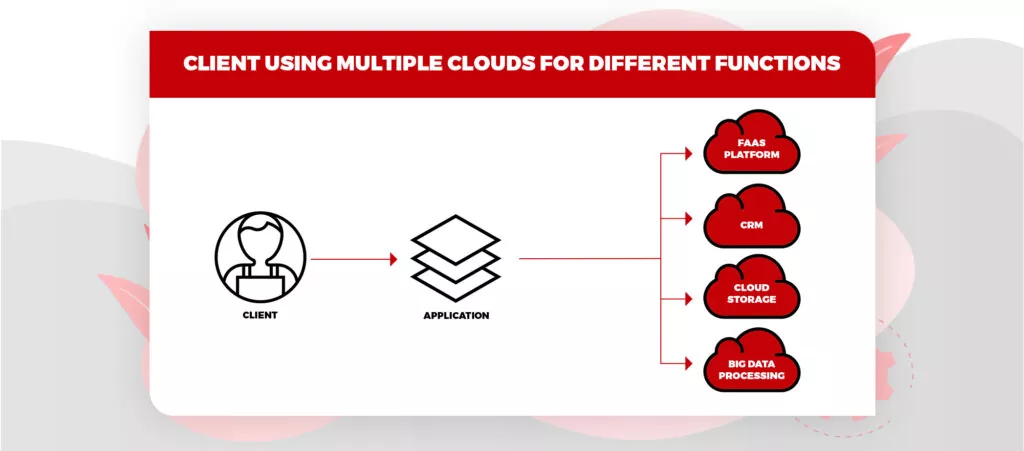
5. Kubernetes
Kubernetes is an open-source platform and one of the most usedcloud based technologies to automate the containerized workload management. It automates the load balancing, manages service discovery, tracks resource allocation, and several other activities required for automatic containers deployment.
Benefits of Kubernetes
- Portability and flexibility
- Multi-cloud capability
- Open Source
- Increased developer productivity
- Market leader
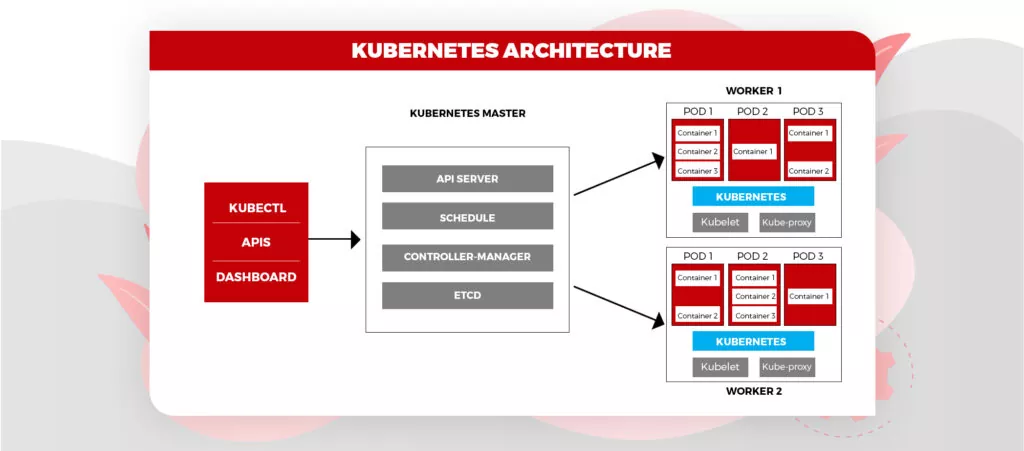
Also Read – Kubernetes Vs Docker – Which to Adopt?
6. Cloud AI
One of the significant trends for accessing enormous datasets is the AI-empowered cloud. Utilizing AI, we might utilize this information to improve the key capabilities. AI is additionally used to handle an assortment of cloud-related difficulties. Accordingly, cloud computing services will be the best way to scale up AI frameworks that creates gigantic measures of information.
Top benefits of cloud computing using AI
- Data mining
- Agile Development
- Analytics and protection
- Seamless data access
7. Containerization
A container is an independent unit that contains code and all its dependencies together so the application can run quickly from one computing environment to another. Containerization technologies have been rapidly and effectively embraced by ventures. The cloud computing sector has started chipping away at containerization endeavors quickly. It is one of the cloud based technologies that will get a move on quickly, and large companies like Amazon and Microsoft will put resources into their own containerization software suites.
Benefits of Containerization –
- Less overhead
- Expanded portability
- More reliable operation
- Better productivity, quick deployment
- Agile application development
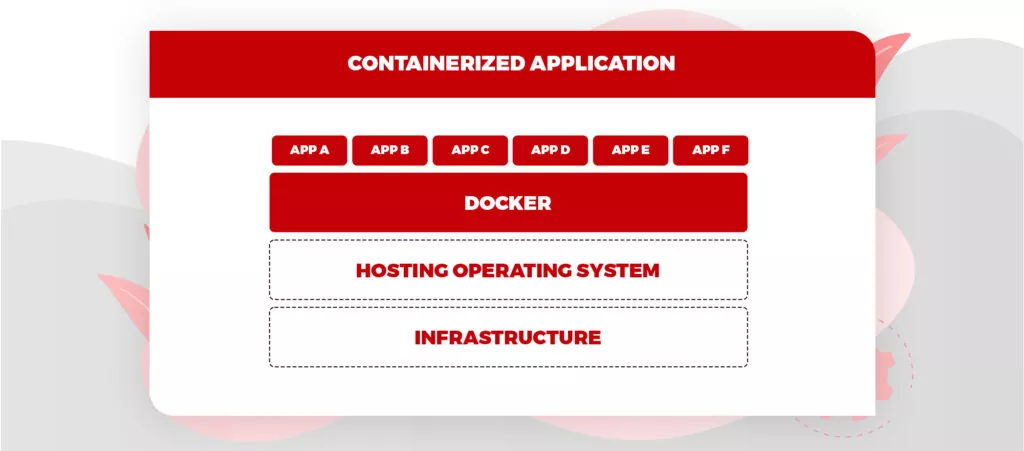
8. Integrated Blockchain Technology
Blockchain is a technology used for recording transactions, tracking assets, and many other phases of the SDLC. When blockchain is integrated with cloud based technologies, the benefits become double. This combination helps organizations to have a deeper understanding of data and associated characteristics. This technique is already been popular and lot many organizations have implemented it to fetch better results.
Benefits of Blockchain Technology for Business
- Better transparency
- Reduced Cost
- Improved Speed and Highly Efficient
- High-Level Security
9. Cloud-native Applications
Is cloud-native the future? Adopting a cloud-native approach, IT can contribute directly to the business value more than ever before. Cloud-native development is an approach to create and update applications quickly. A cloud computing software delivery model helps in building more responsive, scalable, and fault-tolerance apps in any cloud – private, public or hybrid clouds.
Benefits of Cloud-native Apps –
- Faster Release
- Ease of management
- More Responsive
- Reduced Cost
- Scalability
- Auto-provisioning
10. Improving SaaS Operations
SaaS operation management is the process of managing and securing the apps with the intent to maximize the utilization of SaaS tools and minimize spend on unused software. In 2021, most of the companies are using hundreds of different SaaS tools as a big chunk of apps end up being unused or underutilized. Today, SaaS solutions have become one of the fastest-growing cloud computing technologies in the IT industry and becoming a go-to for many organizations for several reasons such as affordability and flexibility.
Benefits of SaaS Operations –
- Data Security
- Scalability
- Simple Implementation
- Maintenance and Operational Responsibility are managed by the Supplier
These were some of the emerging cloud computing technologies in 2021 that have the potential to transform the IT industry. We hope you found the article informative and useful. Moreover, if you are struggling to hire cloud professionals, PeoplActive can help you find the best fit with the specific skillset your project needs.
